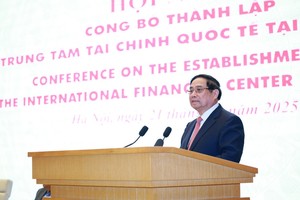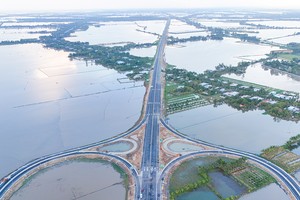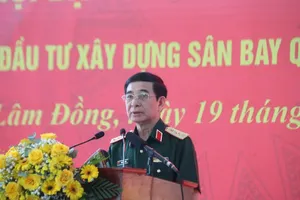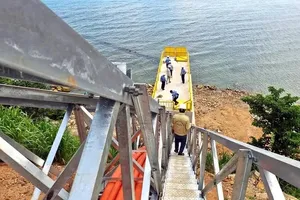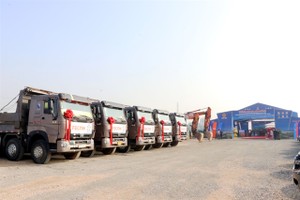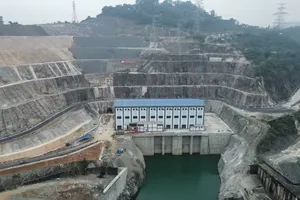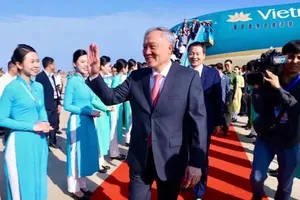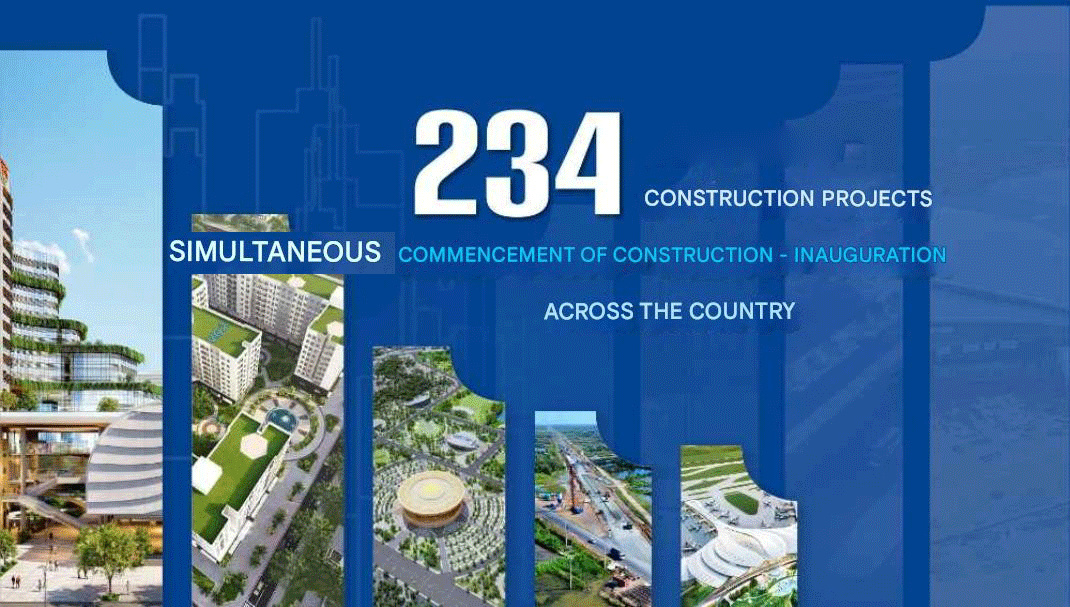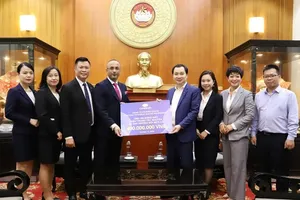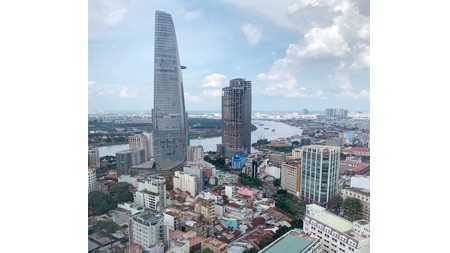
The appearance of megacities in a country is an unavoidable tendency to display the national growth. Nevertheless, in the conference ‘The Boost from Megacities’, held last weekend in Ho Chi Minh City (HCMC), Dr. Le Quoc Hung – Deputy Director of the Institute of Southern Construction Planning (SISP) – shared that the most challenging obstacle at the moment in Vietnam, particularly in HCMC, in the aspect of urban development is the quick migration and urbanization speed, leading to weak monitoring capacity.
In addition, the lack of synchronization in traffic facilities as well as the low adaptation ability to climate change, especially urban flooding, has resulted in agricultural land loss and unbalanced development between the downtown and suburban areas, further worsening the unemployment situation.
Therefore, in 2017, the Prime Minister released Decision No.2076/QD-TTg about the regional planning for HCMC until 2030, with a vision to 2050. Along with that was the identification of HCMC megacity, including HCMC and the provinces of Dong Nai, Ba Ria-Vung Tau, Binh Duong, Tay Ninh, Binh Phuoc, Long An, and Tien Giang.
This megacity, with HCMC as its core and its innovative knowledge center, is expected to become one international trading point of the country.
These 8 provinces and city are truly the leader of the whole nation in economy and industry, with a higher growth rate than the national average one, and the place to obtain most of the FDI capital (around US$173 billion out of the total $345 billion).
On May 30, Prime Minister Nguyen Xuan Phuc in a meeting in Ba Ria-Vung Tau Province with other state leaders once again confirmed this leading role. He said that these 8 provinces and city are considered the ‘diamond octagon’, which possesses the ability to achieve economic goals much sooner than other regions of Vietnam.
Predictions reveal that in 2050, the role of HCMC will be exceptional important as Vietnam occupies the 20th position in the top global economies.
According to Dr. Can Van Luc, a professional economist in Bank for Investment and Development (BIDV), the establishment of a megacity correlates with the land resource. Normally, this resource should be about 400-800ha, together with a favorable position, sufficient infrastructure, and prestigious investors.
Sadly, in Vietnam, certain infrastructure factors related to public services like utilities, schools, and hospitals are the current weakness. Adding to that is the overloading status of various facilities like waste treatment has greatly annoyed local residents.
Dr. Nguyen Dinh Tho, Director of the Authority of Economy and Land Resource Development (under the General Authority Department of Land Administration), stated that in order for HCMC to develop to its fullest, it is essential to effectively plan land use for both the core and satellite urban areas.
This means to follow market principles in land planning, beginning with forming commercial centers on commercial land, before constructing office buildings on urban commercial land, and then establishing apartment blocks as well as individual houses following the centripetal model. This will create a multi-layer megacity model with one core urban area and various satellite cities having their own commercial areas in the downtown.
Dr. Tho added that land planning should be practical to answer the demands and affordability of businesses. It should also base on investment attraction capacity. “No matter how beautiful a city is, if it cannot welcome businesses, it can never become a megacity”, said Dr. Tho.
He concluded that successful land planning in HCMC means the balanced allocation between urban, agricultural, industrial lands to create corresponding commercial centers, office buildings, residential areas, manufacturing areas, service centers, and arable land for short-term as well as long-term plants. In such large cities as HCMC, the focus on land use could be on key industries like finance, trading, tourism, entertainment, education, high-quality healthcare, along with logical underground planning and traffic infrastructure development.
According to President of HCMC Real Estate Association Le Hoang Chau, urban planning should closely link to the development of city network. He cited some examples of the growth of satellite urban areas around major cities in Vietnam such as HCMC, Hanoi, and Da Nang City.
Unfortunately, many infrastructure construction projects in these valuable areas are still behind schedule, leading to the indifference of citizens. This is the result of tardiness in land compensation and premise clearance.
“It is critical to tackle this issue as soon as possible while creating a transparent business environment and completing necessary traffic facilities for a better link between the core area and outskirt one in HCMC. Only then can HCMC grow sustainably”, said Mr. Chau.
Ms. La Hong Hanh, Deputy Director of the Department of Planning and Investment (under the Ministry of Transport), confirmed that slow investment progress in traffic projects is the main obstacle to the overall development of HCMC.
She shared that both the ground and rail traffic systems, including 5 national ways and 6 expressways, in HCMC have their own roles to affect the growth and connection of this city to neighboring areas. Yet the investment progress of key projects is far behind the schedule and hinder the development in all aspects.
For example, the slow investments in ring roads, national ways, expressways, and centripetal roads all lead to the inner roads having to share a higher inbound and outbound traffic volume. Adding to that is the lack of synchronization among infrastructure projects, resulting in the core urban area becoming overcrowded and ground traffic system overloaded seriously.
She suggested that to ensure a sustainable growth of this megacity, there should be feasible solutions to attract more investment in ring roads, expressways, and urban subway while the land resource should be fully exploited for this purpose.

